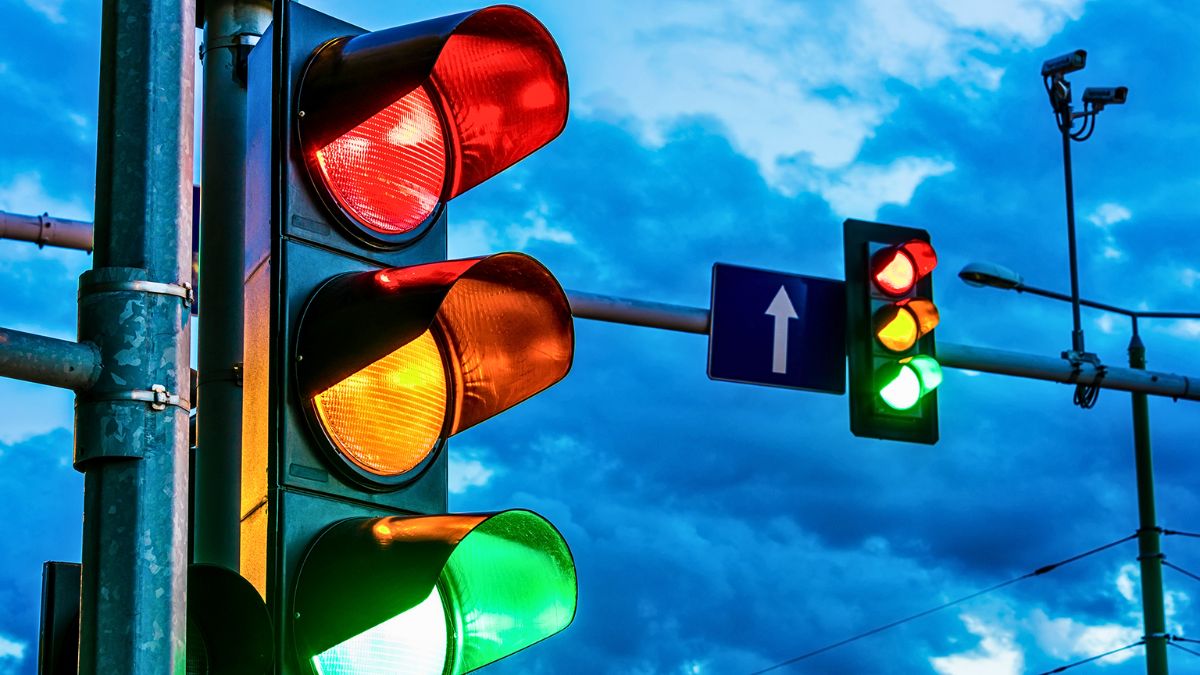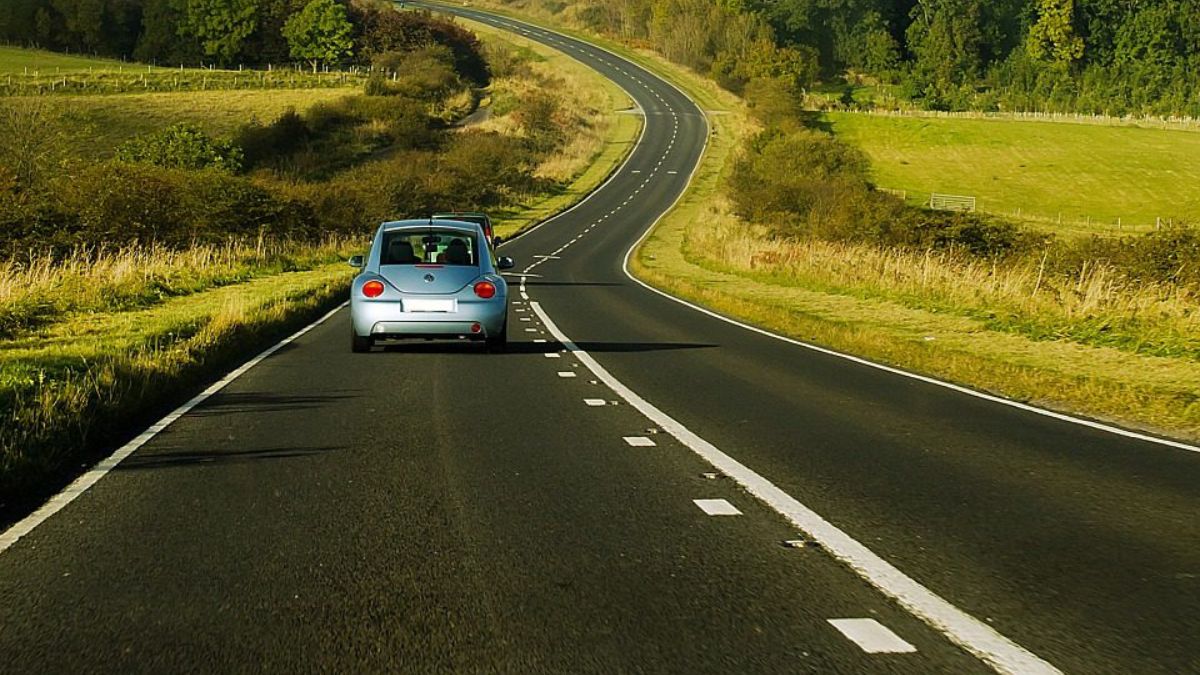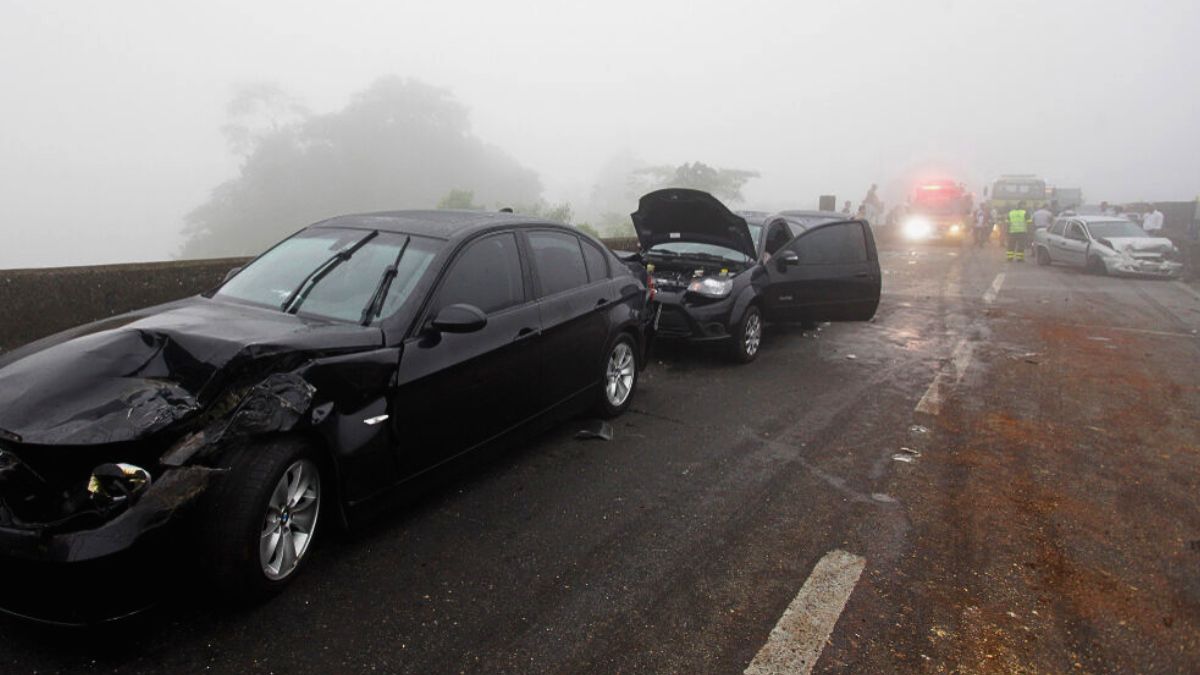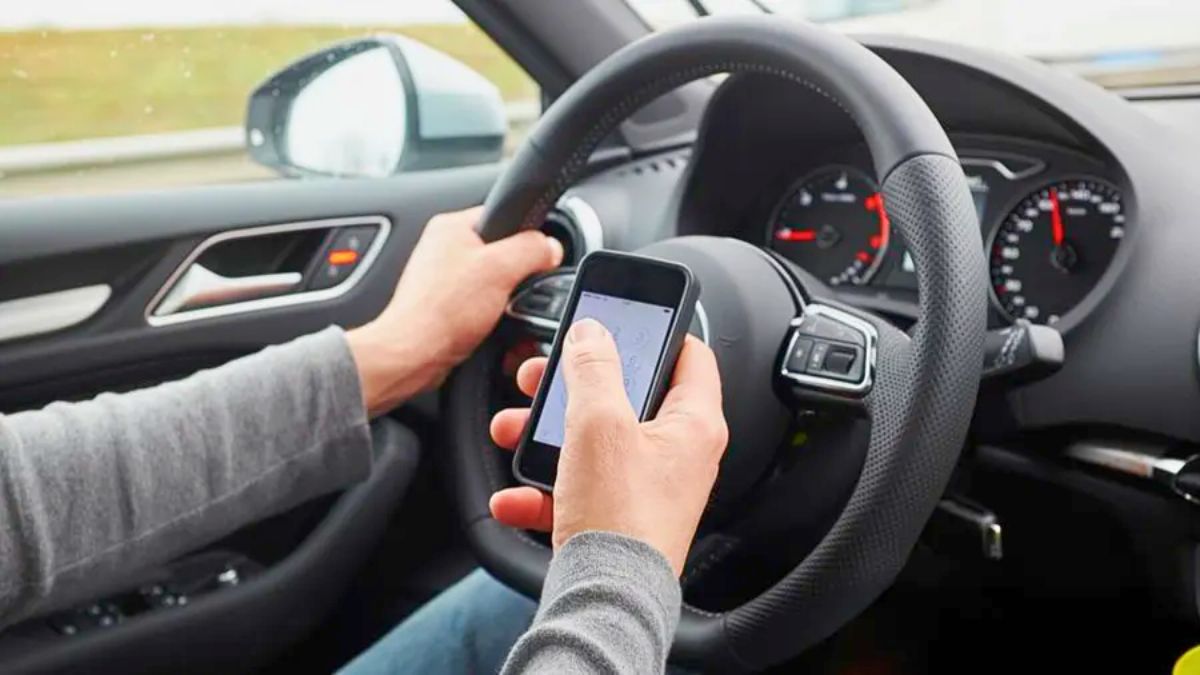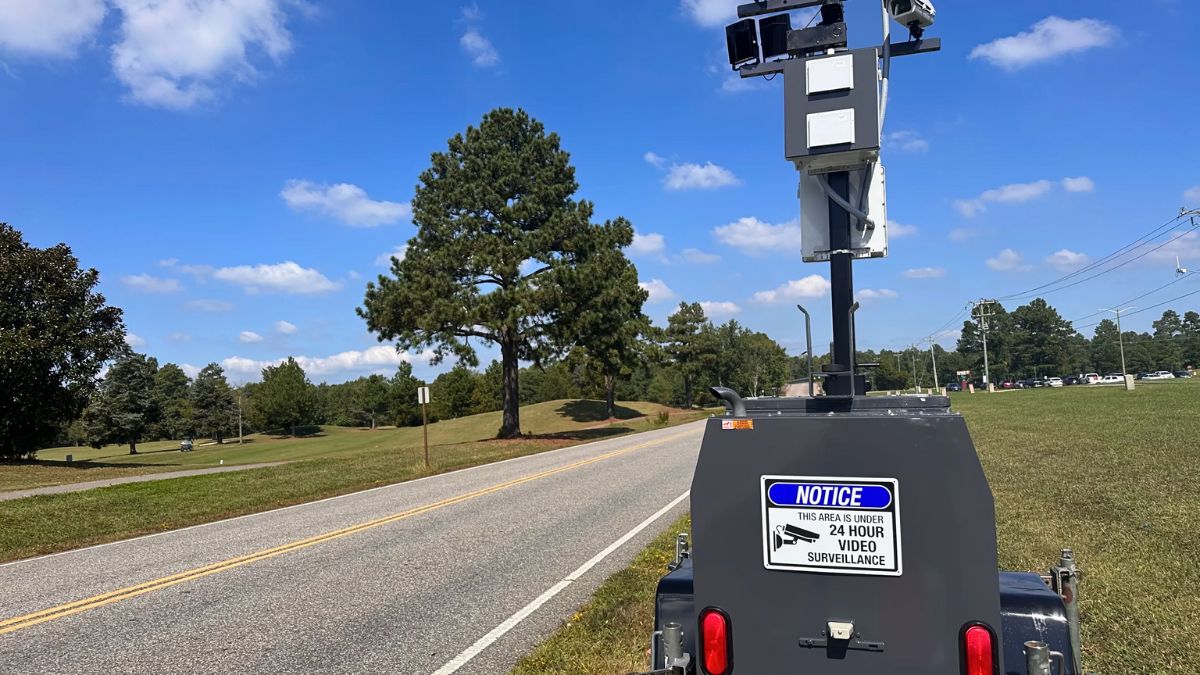Imagine a world where traffic lights don’t just turn red or green on a timer—they actually think. They respond in real-time to traffic jams, emergency vehicles, and even pedestrians stepping off the curb. Sounds futuristic? Well, smart traffic lights are turning that future into reality. And when it comes to road safety, these intelligent systems are game-changers.
So, why are smart traffic lights being hailed as the future of safer roads? Let’s break it down.
Intelligence
Traditional traffic signals operate on pre-set timers, meaning they don’t adapt to what’s happening on the road. Smart traffic lights, on the other hand, use real-time data to adjust light changes based on current traffic conditions. Think of them as the brainy version of your average stoplight.
Using sensors, cameras, and sometimes even AI, these systems can detect vehicle queues, adjust green light lengths, and clear intersections more efficiently. The result? Fewer red-light runners, reduced road rage, and less congestion.
Safety
One of the biggest benefits of smart traffic lights is improved safety—for both drivers and pedestrians. These systems can detect jaywalkers, cyclists, or even people using mobility devices, then adjust signal timing to prevent accidents.
They also help reduce T-bone crashes at intersections, one of the deadliest types of collisions. How? By managing signal changes with precision, so there’s no awkward pause that tempts drivers to “beat the light.”
In some cities, smart signals even communicate directly with connected vehicles to warn drivers of upcoming red lights or dangerous intersections. That’s like giving your car a sixth sense.
Emergency
Smart lights are especially powerful when it comes to emergency response. Using preemption technology, they can give green lights to ambulances, fire trucks, and police cars while pausing traffic in other directions.
This not only helps emergency vehicles arrive faster but also minimizes the risk of high-speed crashes during response calls. For firefighters and EMTs, every second counts—and smart lights help make those seconds count more.
Environment
You might not expect traffic lights to impact climate change, but they do. Idling vehicles waste fuel and pump out emissions. Smart lights cut down on wait times, reduce unnecessary idling, and keep traffic moving smoothly.
Fewer stops and starts mean lower fuel consumption and reduced carbon output. It’s a win for your wallet and the planet.
Economy
Think traffic delays are just annoying? They’re also expensive. Congestion costs billions of dollars every year in lost productivity and fuel waste. Smart traffic lights reduce those costs by making road systems more efficient.
And let’s not forget the savings from fewer accidents and lower insurance claims. Safer roads mean fewer repairs, less litigation, and less economic strain on city infrastructure.
Smart vs Traditional Traffic Lights
| Feature | Traditional Lights | Smart Traffic Lights |
|---|---|---|
| Timed Intervals | Yes | No, uses real-time data |
| Emergency Preemption | No | Yes |
| Pedestrian Detection | Limited | Advanced sensor-based |
| Traffic Adaptability | No | Dynamic, based on flow |
| Environmental Benefit | Minimal | Reduced emissions & idling |
Smart traffic lights are more than just a tech upgrade—they’re a complete rethink of how cities manage road safety and traffic flow. By combining data, automation, and communication, these systems not only reduce accidents but also make commuting smoother, faster, and greener. If safety, efficiency, and sustainability are the goals, smart traffic lights are the way forward.
FAQs
What are smart traffic lights?
They use real-time data to control traffic flow.
How do smart lights improve safety?
They adjust signals to prevent accidents and delays.
Can smart lights help emergency vehicles?
Yes, they give green lights to emergency responders.
Do smart traffic lights reduce pollution?
Yes, by reducing idling and stop-start driving.
Are cities using smart traffic lights now?
Yes, many cities already use or are testing them.
